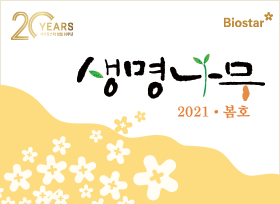Therapeutic lymphangiogenesis using stem cell and VEGF-C hydrogel
요약 :
Lymphedema is a manifestation of lymphatic system insufficiency. It arises from primary lymphatic dysplasia or secondary obliteration after lymph node dissection or irradiation. Although improvement of swelling can be achieved by comprehensive non-operative therapy, treatment of this condition requires lifelong care and good compliance. Recently molecular-based treatments using VEGF-C have been investigated by several researchers. We designed the present study to determine whether the therapeutic efficacy of implanted human adipose-derived stem cells (hADSCs) could be improved by applying a gelatin hydrogel containing VEGF-C (VEGF-C hydrogel) to the site of tissue injury in a lymphedema mouse model. Four weeks after the operation, we evaluated edema and determined lymphatic vessel density at various post-operative time points. Mice treated with hADSCs and VEGF-C hydrogel showed a significantly decreased dermal edema depth compared to the groups of mice that received hADSCs only or VEGF-C hydrogel only. Immunohistochemical analysis also revealed that the hADSC/VEGF-C hydrogel group showed significantly greater lymphatic vessel regeneration than all the other groups. hADSCs were detected in the implantation sites of all mice in the hADSC/VEGF-C group, and exhibited a lymphatic endothelial differentiation phenotype as determined by co-staining PKH-labeled hADSCs for the lymphatic marker LYVE-1. Our results suggest that co-administration of hADSCs and VEGF-C hydrogel has a substantial positive effect on lymphangiogenesis




